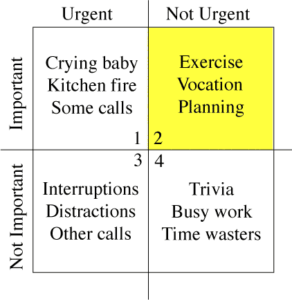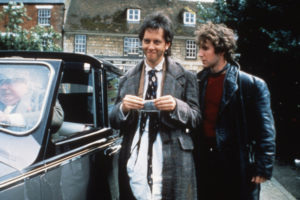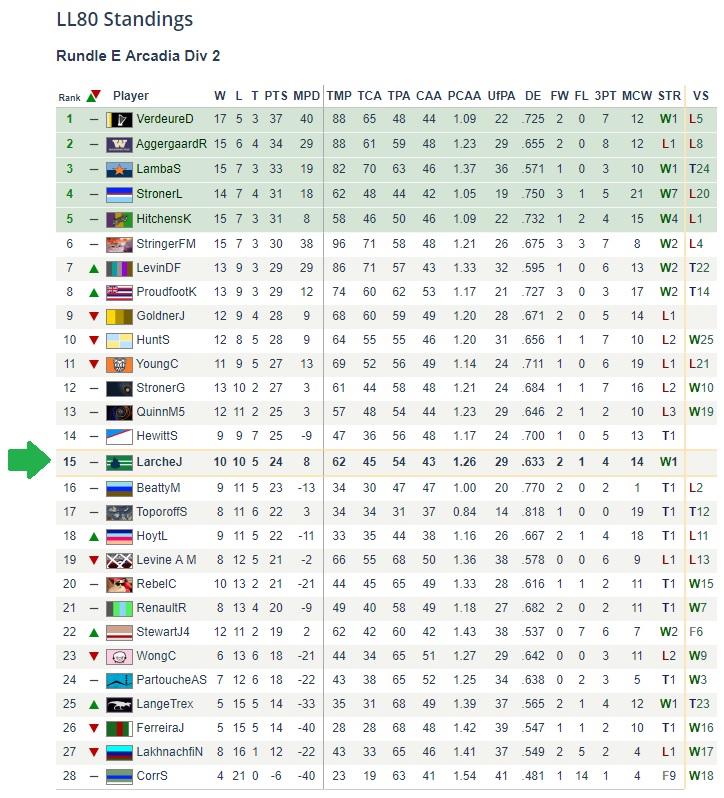Aug. 11, 12:33 PM ET UPDATE:
My travel colleague reports via email to me just now: “I have great news … United customer service came through!! Complete refund of my ticked and reimbursement of Uber ride. Most importantly they showed empathy for our situation.”
Well done, United!
Peter M. Senge famously said “The only sustainable competitive advantage is an organization’s ability to learn faster than the competition.” This quote was in the context of his excellent book, The Fifth Discipline: The Art & Practice of The Learning Organization. Senge would take the experiences of myself and my fellow United customers last night as an example of a severe learning disability — one that I can only expect will continue to erode its competitiveness.
United Airline: Come on! Fix this problem
Disconnect #1: When you’re waiting at a gate, clearly hearing boarding announcements and news of schedule changes is nearly impossible — especially when the gate staff are unmotivated and ready to call it a day. I’m sure you’ve been there: You hear something on the PA system and look to your neighbor and go “Did you get any of that?”

Disconnect #2: Because of the above, executives like me and my fellow traveler, who will remain nameless but who wrote the complaint letter I’ve quoted in its entirety below, rely on United’s UPDATE texts and emails. We discovered last night, after two texts about delays, that United will text a notice of a delay but won’t text a change of conditions leading to a boarding time much earlier than last reported.

My colleague, who also wrote “The gate announcements from that location sounded like Charlie Brown’s teacher,” summarized our plight this way: “I was scheduled to depart BDL and fly to ORD this evening on flight 1612. Attached is a screenshot of all the text messages I received stating the flight was scheduled to depart at 7:25pm ET so I sat at an unoccupied gate to finish work/calls. I walked to the departure gate at 6:40pm ET to board only to be (extremely rudely) told ‘flight already departed.'”
She and I were stranded, with zero options out of that airport. We wound up taking an Uber from the Hartford, CT airport to Logan Airport in Boston. The title of her email sums up our travail:
Service Issue that cost me a $330 Uber + $150 American ticket + 2 hours
I’m including her excellent email, sent during our Uber, to unitedglobalservices@united.com.
Dear Global Services,
I have been a loyal United customer for years and fortunate to be a Global Services member in the recent past. This is the first formal complaint that I have filed but believe it’s well worth my time to inform you of the experience not only I had but also many of my fellow fliers experienced.
I was scheduled to depart BDL and fly to ORD this evening on flight 1612. Attached is a screenshot of all the text messages I received stating the flight was scheduled to depart at 7:25pm ET so I sat at an unoccupied gate to finish work/calls. I walked to the departure gate at 6:40pm ET to board only to be (extremely rudely) told “flight already departed.” Picture of time attached as well. And the rude behavior by the gate staff at BDL continued. I was lectured about listening to gate announcements. In reality, the gate area was completely full so I needed to find a place to work during the delay. Note that the gate announcements from that location sounded like Charlie Brown’s teacher. Rather than assist me with rebooking, the gate agent rudely stated: “this was our last flight. We are going home.” And I think that says it all regarding the motivation of the BDL United gate staff. Absolutely THE WORST I’ve ever experienced. And then at least three other passengers had the same experience (I was able to help two of them call customer service and request/receive a refund). I’ve CC’d one of them [that’s me of course] on this note.
I called American right away and they were able to not only book me on a flight but also my fellow passengers who were stranded as well. They stayed in the phone with us to finalize all of the transactions. I then called United Global Services (who are always amazingly helpful) to request a refund. The agent represented United so very well, apologizing for the service, and giving me the max she was allowed: a change fee waiver as well as finding out the best avenue for me to tell the full story. Amen for her.
That said, I’m out 2 hours and a $330 Uber ride from BDL to BOS as well as being soured on the overall United experience. I am saddened to write this note yet as the leader of a business, I feel it is my obligation to ensure the leaders of your company understand the gate experience of your customers…even the most loyal who make a conscious choice to fly United.
I look forward to hearing back from you within the next day and am more than happy to answer any questions you may have.
Regards,
[Name Withheld]
Come on, United. I’m sure you’ve heard this before. When I was on the phone, insisting on a refunded ticket price for my missed flight, I reminded both the customer service representative and her manager that United infuriated two of its more frequent flyers, and, since we were both granted the refund for their customer service catastrophe, their flight left with at least two seats they could not fill (there was no standby list) and therefore made far less money on that flight.
United, this is no way to run a business!













